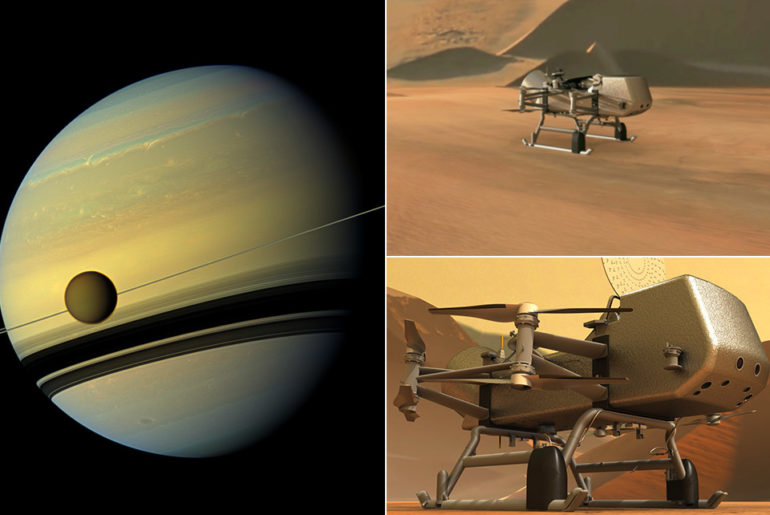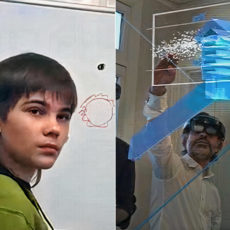
This nuclear-powered Sky Hotel is one thing, NASA’s nuclear-powered Dragonfly drone is real and set to explore Saturn’s largest organic moon, Titan. This 8-bladed rotorcraft will launch in 2027 before finally touching down in 2034, and during its 2.7-year (32-month) baseline mission, the drone aims to explore Titan’s diverse environments as well as take advantage of its dense nitrogen-based atmosphere.
Titan’s atmosphere is four times more dense than Earth’s and this mission marks the first time NASA will fly a multi-rotor vehicle for science on another planet, as well as the first vehicle ever to fly its entire science payload to new places for repeatable and targeted access to surface materials. The drone’s instruments will also help advance astrobiology and study how far pre-life chemistry may have progressed.
- Light as a Smartphone - Weighing less than 0 55lbs / 249 grams, DJI Mini SE is roughly the same weight as the smartphone. In the United States and...
- Capture on the Go - The lightweight and powerful DJI Mini SE camera drone is the ideal for creators on the move. The ultra-portable design allows you...
- More Time in the Sky - DJI Mini SE's weight allows it to stay in the air longer than similar consumer drones on the market. Enjoy up to 30 minutes of...
Dragonfly was selected as part of the agency’s New Frontiers program, which includes the New Horizons mission to Pluto and the Kuiper Belt, Juno to Jupiter, and OSIRIS-REx to the asteroid Bennu. Dragonfly is led by Principal Investigator Elizabeth Turtle, who is based at the Johns Hopkins Applied Physics Laboratory (APL) in Laurel, Maryland,” said NASA.






